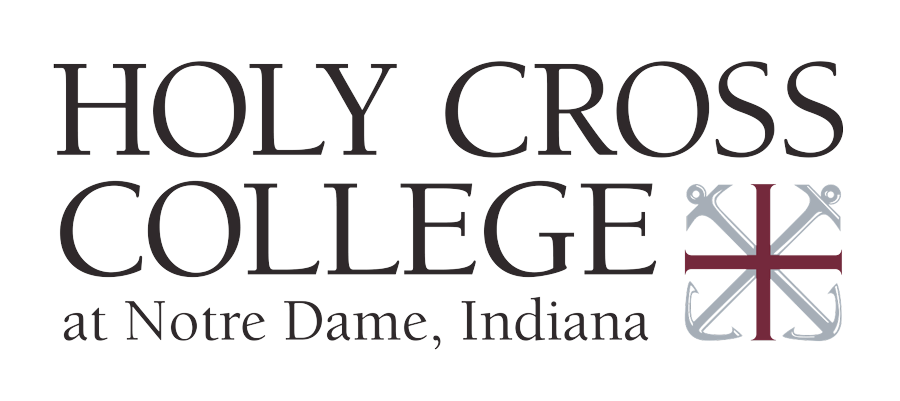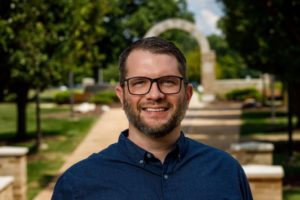As we mark the one-year anniversary of COVID-19 within our borders, the pandemic has already left an indelible mark on America in many ways, the vast majority of which we will probably struggle to fully understand for years to come. For instance, why is it that political engagement has increased since the outbreak, but the tone of our discourse is near the worst it has ever been? Why did the pandemic send the stock market and unemployment soaring to new heights? How is it that science has provided us with multiple vaccines of astonishing efficacy in record time, but only about half of all Americans are interested in taking one? Does opening help close, and closing help open? Who deserves the protection of society, and are they getting it?
This January, I had the honor of speaking at the virtual annual conference of the Association of American Colleges and Universities (AAC&U) on a panel entitled “COVID-19 Courses: Highlighting the Strengths of Liberal Education.” Representing Holy Cross College, I was invited to speak about my course The World in Pandemic, offered this past summer at Holy Cross’s Moreau College Initiative at Westville Correctional Facility, and now again this spring on our main campus. I recently wrote about The World in Pandemic in an upcoming edition of Connections magazine, but at its essence the course is designed to help students understand the causes of, responses to, and lasting effects of a pandemic like COVID-19 through the lenses not only of science and medicine but of history, art, politics, literature, economics, and religion.
As the name of the panel suggests, my colleagues at colleges and universities across the country and I sought to emphasize the importance not just of our own courses, but of this kind of course: interdisciplinary, timely, dynamic, and relevant.
Interdisciplinary – For one of the group exercises in my class, I prompt each student to imagine that they are the president of the United States when a pandemic hits. I then ask them, “Who do you want around the table with you as you respond to the crisis?” Without fail, the lists they generate are creative and comprehensive, representing relevant areas across the spectrum: epidemiologists and ethicists; laboratory scientists and labor leaders; pharmaceutical executives and farmers. Students understand that, while their college classes might fall under separate subject headings, life itself is “a constellation of vital phenomena” and requires humans to piece together disparate fragments in order to understand any whole. Classes like this bridge that gap explicitly.
Timely – When I was at Notre Dame, one of the most popular classes was one offered only every four years: a political science seminar centered on the presidential election taking place during that semester. Students crave the feeling of pieces falling into place almost as much as their parents crave a healthy ROI for their child’s education. And, while a stable of regularly offered courses is essential (and, at any rate, unavoidable), creating space for faculty to respond to emergent issues that arise in the world that students inhabit on a daily basis is crucial to both student development and student investment in their own education.
Dynamic – This spring, when I teach The World in Pandemic for the second time, the average student in my class will be around 20 years old, largely middle class, active on social media, and will have spent most of the pandemic living with their parents. In the original iteration, the average student in my class was around 30 years old, wore a khaki jumpsuit, has never seen Instagram, and spent two of the worst weeks of their lives wracked by COVID-19 in a rickety cot in a prison ward. Despite having the same name, these are two different classes. And, even if the student populations were similar, a class about COVID-19 in 2020 will necessary look different than one taught in 2021, for obvious reasons: the world has changed. And courses have to change with it.
Relevant – When I originally pitched this class to the administration, I conceived it as a way to give students the tools to make sense of what was going on around them, to allow things to come into focus, to make order out of chaos. Still, I worried that students might not want to sit in class and discuss the very pathogen that infects everything about the world around them every day. As time went on, however, students expressed more and more satisfaction with their increasing ability to understand more of their daily life, which obviated a lot of the need for escapism, I think. Which makes sense. College is exactly the place where you can take challenging, contentious, uncomfortable topics and work through them together for everyone’s benefit.
As I prepared to teach The World in Pandemic for the first time, it was daunting and exhausting. But it was also exhilarating to think that scientists in labs all over the world were similarly pouring themselves into finding answers for people who needed them. My massive stack of books and notes and slides are far from an Operation Warp Speed, but we do all have a part to play, and educators need not remain on the sidelines, or even passively reactive, while others respond to address emergent challenges of particular concern to our students. If the most we can do for our students is to decide how far apart they should sit, then they probably don’t really need us after all. But, if we ever hope to use our classrooms to shape our students for the world, we must let our classrooms be shaped by the world in turn. That is my hope with The World in Pandemic, and I pray it is just the beginning.


